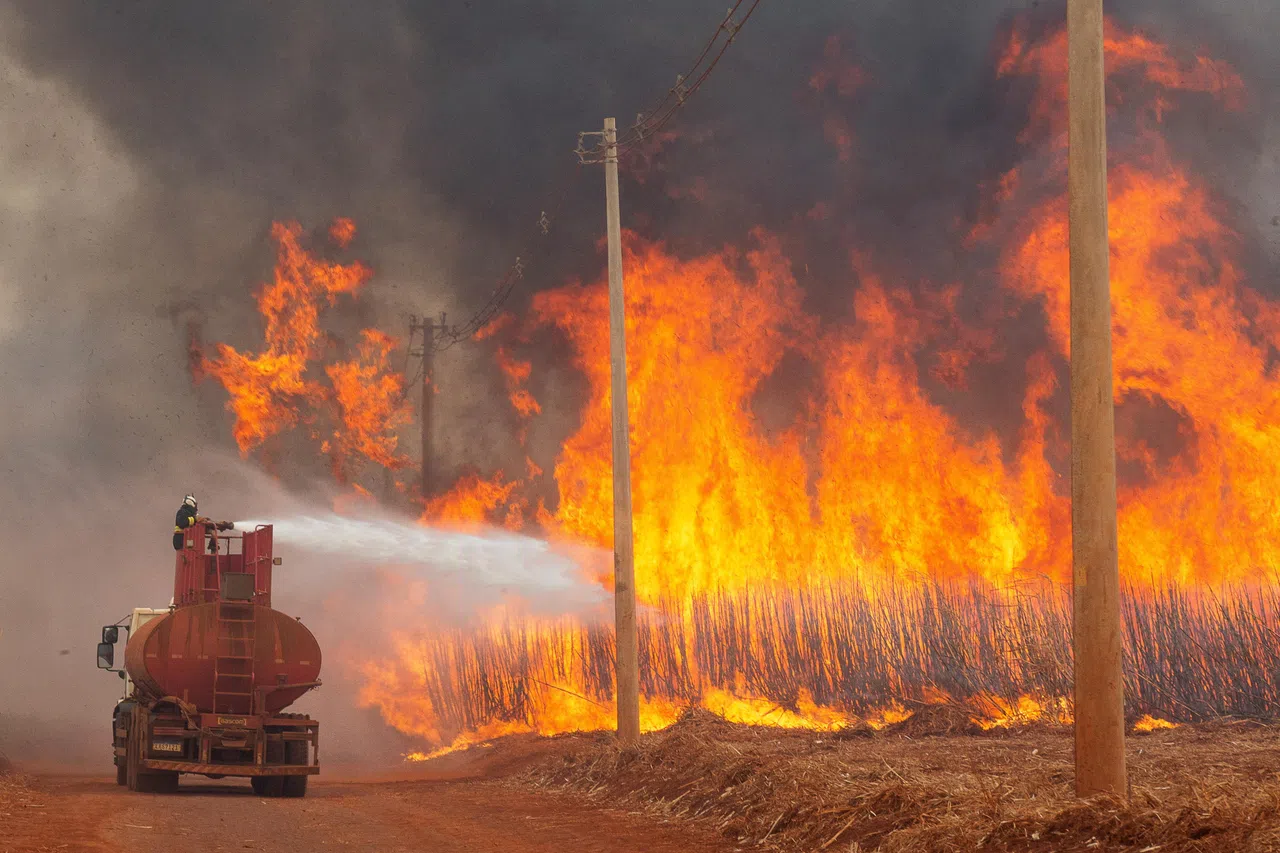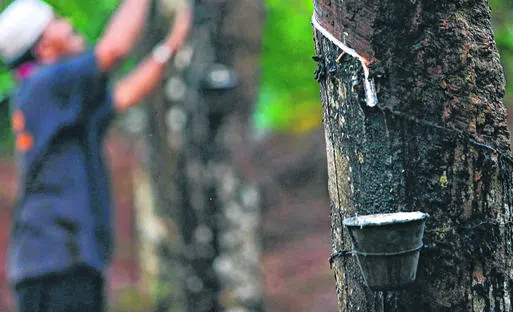An unprecedented outbreak of fires that hit sugar cane fields in the world’s top exporter Brazil over the weekend is set to impact global supply of sweetener and elevate prices.
The consequences could be bigger than those from a major frost that damaged sugar cane in Brazil in 2021, according to top trader Alvean. “The scope of the issues now is much bigger,” Mauro Virgino, trading intelligence lead at the company, said in an interview. “The fires of 2024 are like the frosts of 2021, but on steroids.”
The impact could last through the coming year, as the fires have affected cane that was sprouting. In such cases, the heat severely damages the roots of the plant, meaning producers will likely have to replant or face a smaller harvest in the upcoming season.
Sao Paulo, responsible for producing most of the country’s sweetener, is facing a record number of fires due to low humidity and a blistering heat wave. There were as much as 2,000 outbreaks this weekend, sugar cane industry group Orplana said. While rains later on helped reduce risks of new outbreaks, as much as 60,000 hectares of crop area were affected.
“In 20 years in the business, I had never seen anything like it,” said Almir Torcato, executive director at cane growers association Canoeste. The group gathers more than 2,000 farmers in some of the most affected areas in the municipalities of Sertãozinho and Bebedouro. “We received numerous cries for help.”
Raw sugar futures climbed as much as 4.2 per cent in New York on Monday, the biggest intraday jump in a month. The fires add to growing concerns, as drought and heat have already hurt cane yields in Brazil. Upcoming data for production this week is expected to bring some clarity on yields in Brazil, but may not reflect the impact of the blazes.
BT in your inbox
Start and end each day with the latest news stories and analyses delivered straight to your inbox.
As much as 5 million metric tons of sugar cane could have been lost in Sao Paulo due to fire, according to two preliminary estimates from Green Pool Commodity Specialists and financial services firm FG/A. The early estimates used satellite images, and there could still be imprecisions.
Still, they represent about 1.4 per cent of the cane in Sao Paulo. The impacts on total sugar production weren’t estimated as some of the burnt sugar cane could still be in good enough condition to be processed.
Brazil’s sugar-energy major Sao Martinho said it has about 20 thousand hectares of plantations impacted by the fires. Top producer Raizen said about 1.8 million tons of its own and suppliers sugarcane has been hit. Both companies said they would process the affected sugarcane.
Fires are not unknown to sugar. More than a decade ago, setting sugar cane on fire was part of the production process, a practice that had major environmental impacts and became obsolete due to new technology.
That has given millers some experience in crushing cane that has been burnt. Still, the industry now faces a big challenge: Productivity can be hurt if it takes longer than a few days before processing burnt cane, and many companies have limited resources as they are still dealing with the consequences of the fires. BLOOMBERG






